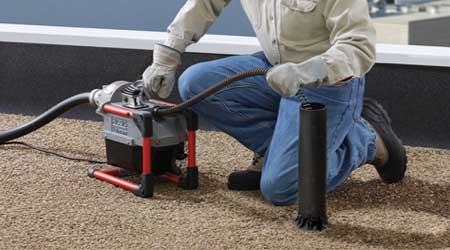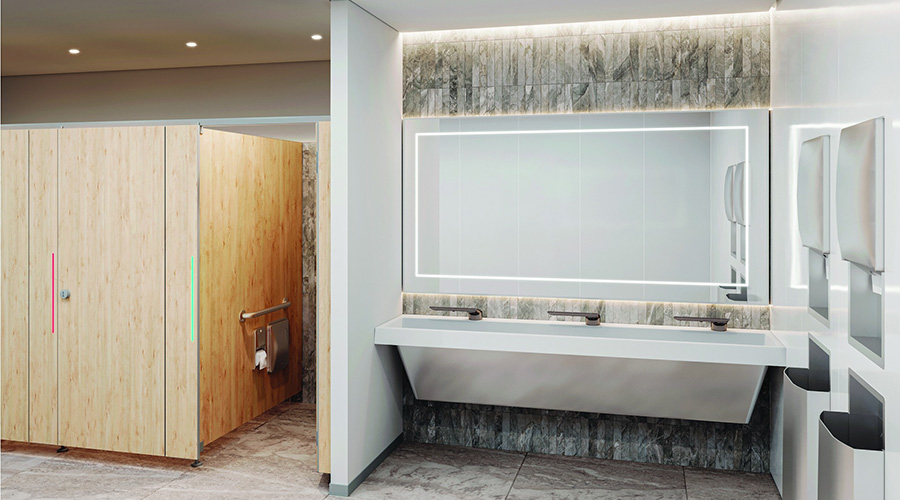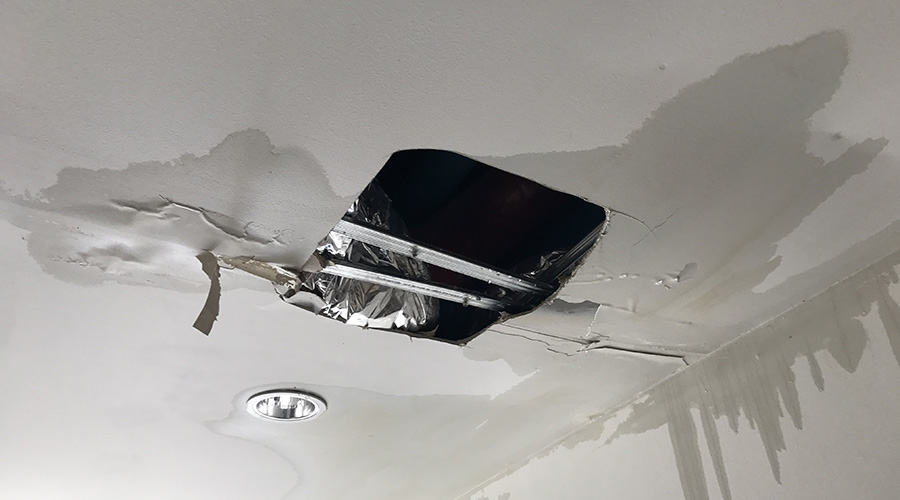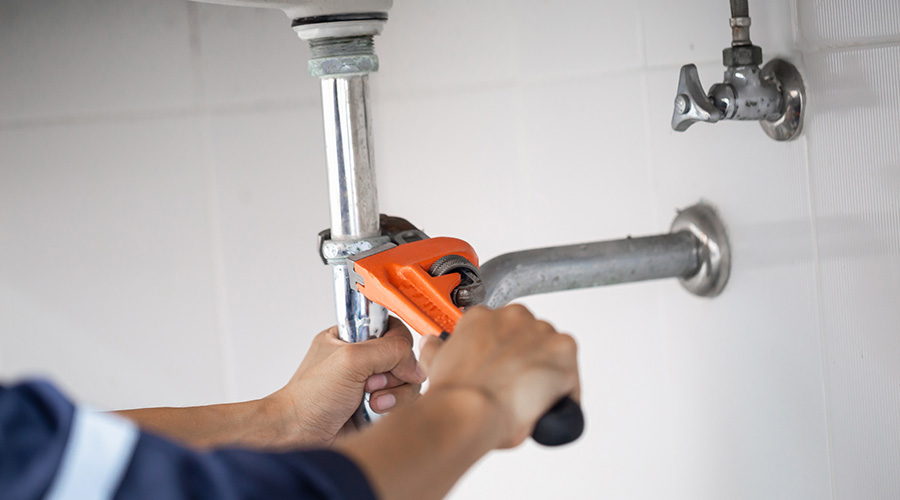 Successful drain cleaning operations require that managers understand technician needs as they relate to installed systems and equipment.
Successful drain cleaning operations require that managers understand technician needs as they relate to installed systems and equipment.Drain Cleaning: Knowing Needs
Successful drain cleaning operations require that managers understand technician needs as they relate to installed systems and equipment.
Much more goes into a successful drain cleaning operation than selecting the most appropriate equipment. Managers also need to understand technician needs as they relate to the installed plumbing system and fixtures.
This process involves gathering information on such factors as the frequency of clogs, the diameter of fixtures and traps, lengths of piping runs, and drain and sewer materials, including cast iron, malleable iron, plastic, tile, cement, galvanized iron, and aluminum.
Managers also need to understand types of waste, such as rain water, ground runoff, food waste, human and animal waste, hair, paper products, grease, laboratory chemicals, tree and shrub roots, biohazards, and foreign objects. Wastes are grouped into different machine and attachment combinations. Knowing pipe diameter and whether certain locations are straight or with various short or long sweep turns aids in determining equipment specifications.
Understanding material contained in the waste aids managers in determining both the type of equipment and the type of attachments to specify for technicians. For example, exterior underground lines below trees and shrubs that are subject to infiltration might require root-cutter attachments of the proper diameter. A mechanical cable machine with a root cutter attachment would be better suited for this work than a water jetter.
The distance between cleanouts is another factor to consider because it can help managers decide the cable length or number of sections needed to cover all jobs. Managers also should include vent stacks in the inventory because if a blockage occurs in the vent stack, it can cause a vacuum and stop flow, even when the drain lines are clear.
Equipment suppliers can help managers group this data, as well as the tasks according to types of specific machines needed. One challenge managers face is selecting the right attachments according to the types of material technicians will encounter on jobsites. The equipment suppliers’ technical representative can offer guidance by recommending the most effective combination of the two and the best multi-purpose combinations to fit the job mix in the facility with the fewest machines.
Fine-tuning the program
Managers also can generate productivity and control costs by setting up an effective drain cleaning preventive maintenance (PM) schedule. If managers carefully plan the work content and frequency of each PM job, technicians will have less reactive maintenance and shorter job times. Also, technicians will be able to do the work when it does not disrupt operations and when it is not necessary to shift technicians from other job sites, as is the case when an unexpected drain clog occurs.
Another advantage of planned maintenance is that blockages are easier to remove if they are not packed tightly due to long buildup, resulting in more labor and more potential for damaging the drain line walls.
Technology also can play a role in bringing greater efficiency to drain cleaning. For example, if the department identifies drains by a numbering or naming system, closed-circuit television (CCTV) recordings can become part of the drain system asset history record.
CCTV can play an important role in the timing of drain cleaning. If drains are cleaned when they first run slowly and do not become totally blocked, technicians will need less time and effort to clean them, and they can avoid the disruption that result from backups that cause unusable drains or flooding.
An effective way to decide timing is to lower a fiber optic camera down a vent stack while the drain is in use, which requires minimal shutdown. By tracking drain condition this way, technicians can select the optimum timing before a major disruption occurs, and they can set the frequency of future inspections.
As more system history becomes available, managers can fine-tune equipment, attachments, work content, and frequency to provide the most desirable results: higher reliability, lower cost, less labor, and more time between cleaning in the same part of the system.
Related Topics:














